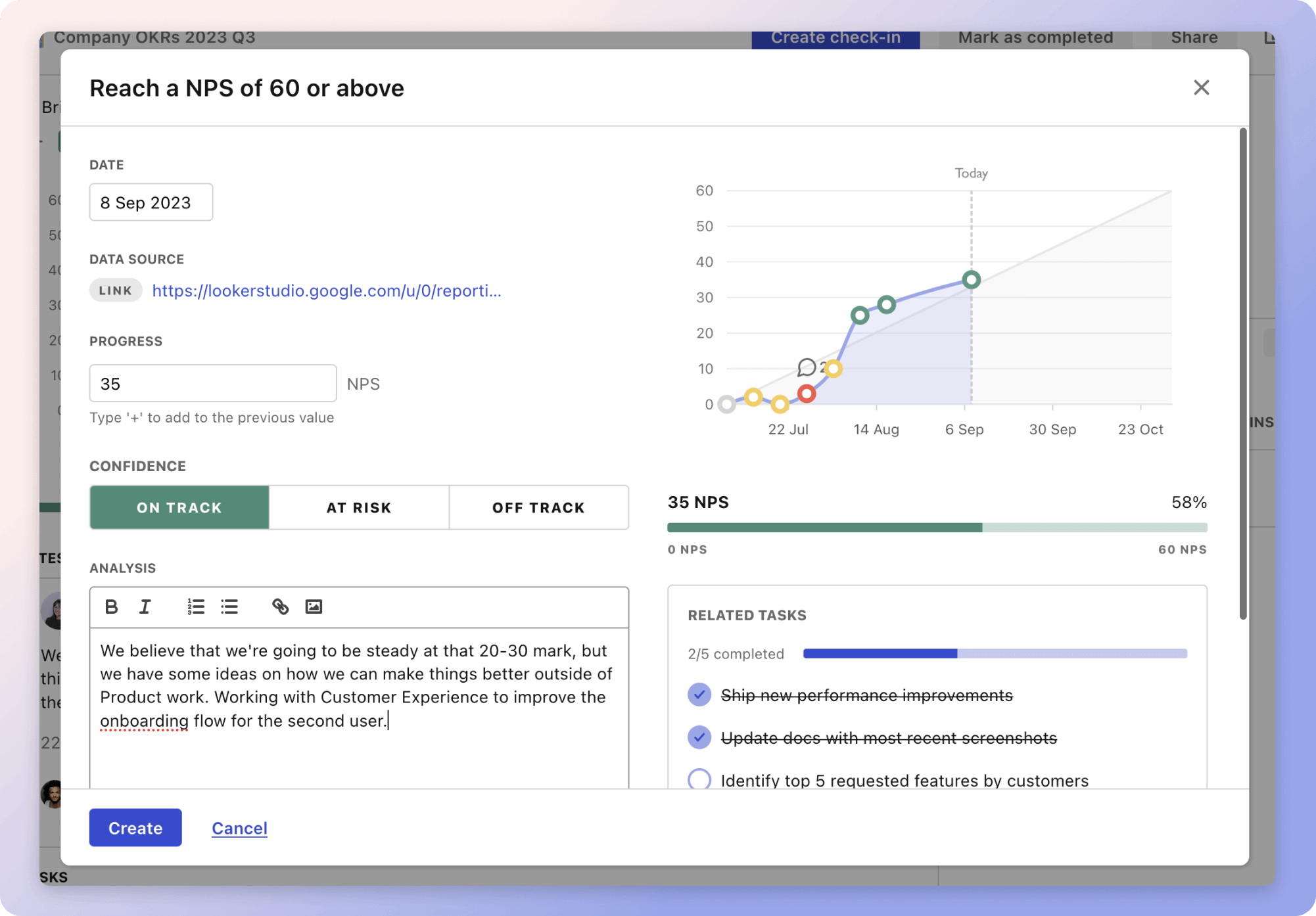The strategy focuses on building and optimizing strategic teams and services within an organization. It starts with identifying and defining team roles by conducting a skills gap analysis and creating detailed job descriptions. The roles are aligned with clear responsibilities, expectations, and KPIs to measure performance. An example might involve evaluating current team members for potential fit and establishing mentorship programs to support new roles, considering diversity and professional development needs.
Another component is fostering team collaboration and communication. This strategy includes actions like implementing regular team meetings and encouraging cross-functional projects, which can enhance teamwork and align team objectives with organizational goals. For instance, scheduling team-building activities can improve communication skills and create a feedback loop for continuous improvement.
The final element focuses on enhancing service delivery efficiency. The organization aims to identify inefficiencies through process mapping and utilize technology to automate tasks. By integrating lean methodology and setting benchmarks for performance, an organization can gather customer feedback to refine service delivery further.
The strategies
⛳️ Strategy 1: Identify and define team roles
- Conduct a skills gap analysis to identify necessary roles
- Draft detailed job descriptions for each role
- Evaluate current team members for potential role fit
- Establish clear responsibilities and expectations for each role
- Set KPIs for each team role to measure performance
- Consult with stakeholders to refine role definitions
- Ensure diversity considerations in role definitions
- Create professional development plans for existing team members
- Establish mentorship programmes to support new roles
- Regularly review and adjust role definitions as needed
⛳️ Strategy 2: Foster team collaboration and communication
- Implement regular team meetings to enhance communication
- Encourage cross-functional collaboration on projects
- Utilise collaborative tools and platforms effectively
- Provide training for effective communication skills
- Schedule regular team-building activities
- Create a feedback loop for continuous improvement
- Align team objectives with organisational goals
- Reward collaborative behaviours and achievements
- Develop a conflict-resolution plan
- Monitor team dynamics and make adjustments as necessary
⛳️ Strategy 3: Enhance service delivery efficiency
- Conduct process mapping to identify inefficiencies
- Implement best practices based on industry standards
- Utilise technology to automate repetitive tasks
- Train staff in lean methodology for service improvement
- Set benchmarks for service delivery times
- Gather customer feedback to drive improvements
- Align service offerings with customer needs and demands
- Evaluate service delivery regularly and make iterative improvements
- Create SLAs to ensure service quality standards are met
- Establish a continuous improvement culture within teams
Bringing accountability to your strategy
It's one thing to have a plan, it's another to stick to it. We hope that the examples above will help you get started with your own strategy, but we also know that it's easy to get lost in the day-to-day effort.
That's why we built Tability: to help you track your progress, keep your team aligned, and make sure you're always moving in the right direction.

Give it a try and see how it can help you bring accountability to your strategy.
